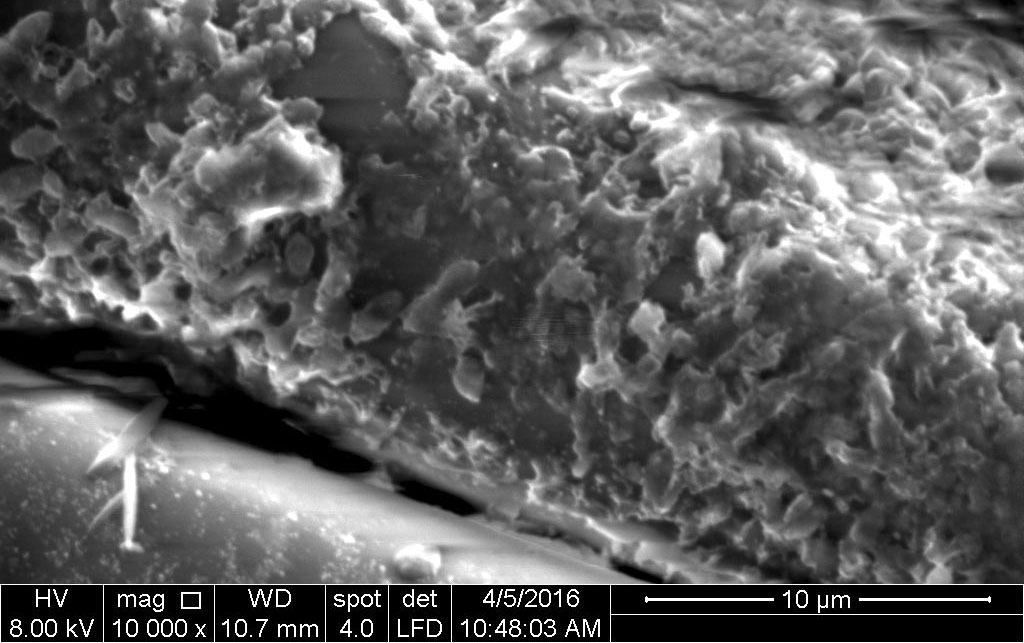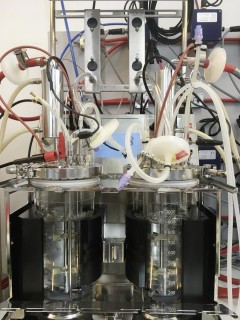“Hydrofinery” is a project in which researchers at the University of Natural Resources and Life Sciences’ Institute of Environmental Biotechnology in Vienna are investigating how to utilize hydrogen and carbon dioxide to obtain gaseous and liquid sources of energy. The pioneering approach in question may well offer an alternative form of storage for hydrogen or carbon dioxide via the intermediate product acetate. In the course of the project various micro-organisms, such as clostridia, homoacetogens and methanogens, will undergo a screening procedure, and suitable metabolic paths will be explored.
A two-stage process is involved. First, homoacetogens convert hydrogen and carbon dioxide into storable acetate. Two types of fermentation can follow. On the one hand making biomethane, a gaseous source of energy, from acetate (converted by archaea) is being investigated. On the other hand it is intended to obtain liquid sources of energy, mainly biobutanol, bioethanol and bioacetone, from the ABE process (acetone–butanol–ethanol fermentation by means of clostridia). Alternatively, converting hydrogen and carbon dioxide into biomethane directly by means of hydrogenotrophs is being investigated.

